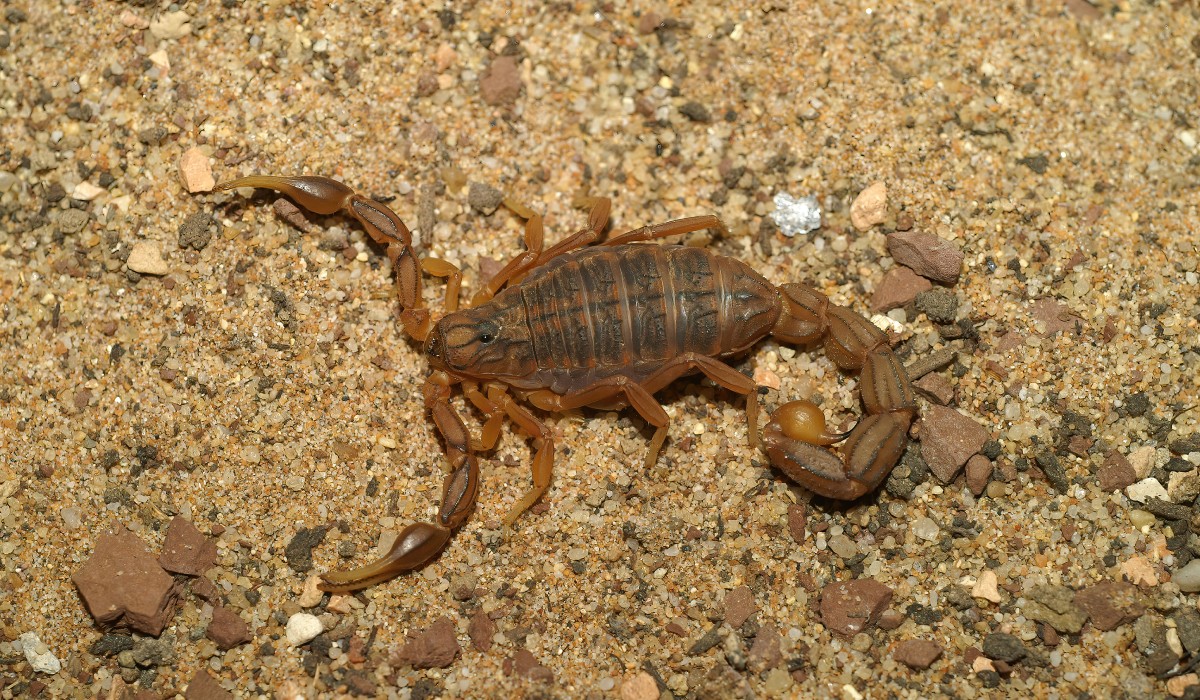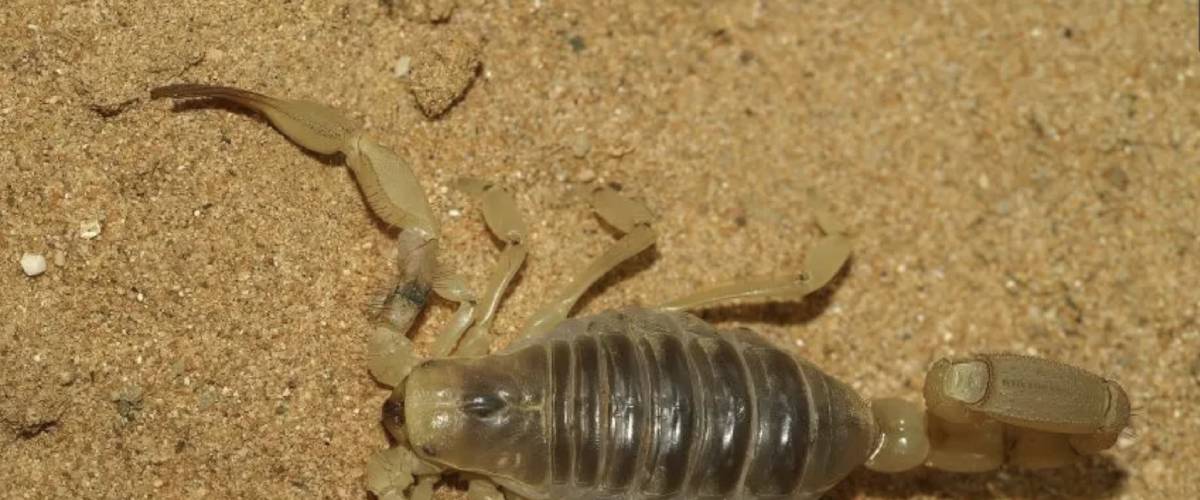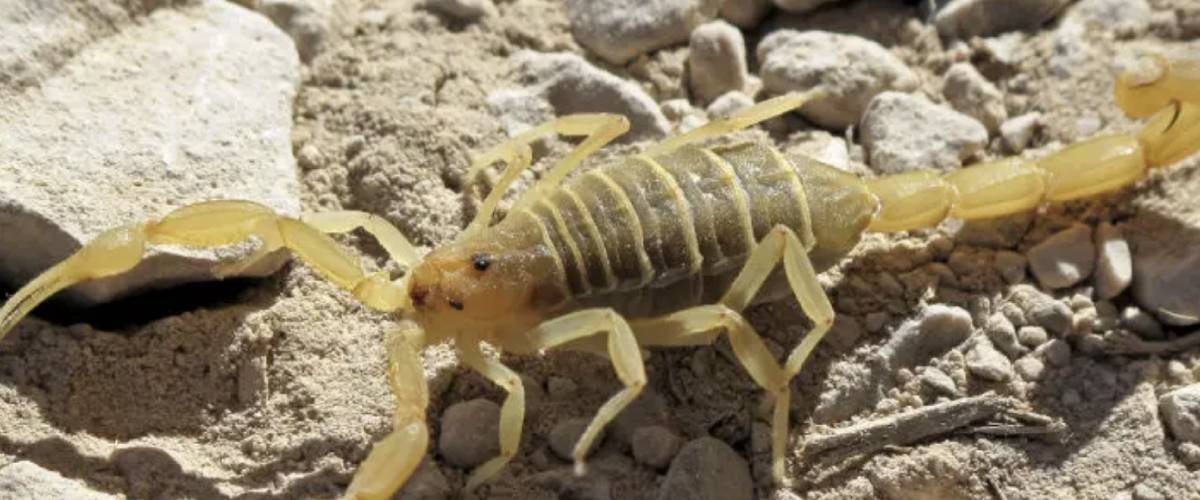Arizona, with its unique desert landscape, is home to a variety of fascinating creatures, and among the most iconic are its scorpions.
These arachnids have been adapting and thriving in this region for millions of years.
Let’s delve into the different types of scorpions you might encounter in Arizona.
Format the below link like this:
If you find scorpions near your home or yard, contact Davis Pest Control for premium scorpion control.

Description: Recognizable by its dark stripes running the length of its tail and is usually around 2.5 inches in length.
Habitat: Often found under stones, boards, and debris.
Significance: Although it stings more frequently than the Bark Scorpion, its venom is much less potent.



For other types of scorpions, see our guide: Different Types of Scorpions
Arizona’s desert climate makes it a hotspot for various scorpion species, often leading them into residential areas. For homeowners and residents, understanding the different types of scorpions and their behaviors is crucial for effective pest control.
Being knowledgeable can help in preventing unwanted encounters and infestations. If you reside in or are moving to Arizona, staying informed and taking preventive measures is essential to ensure a safe and scorpion-free living environment.
davis pest control © 2022 All Rights Reserved.